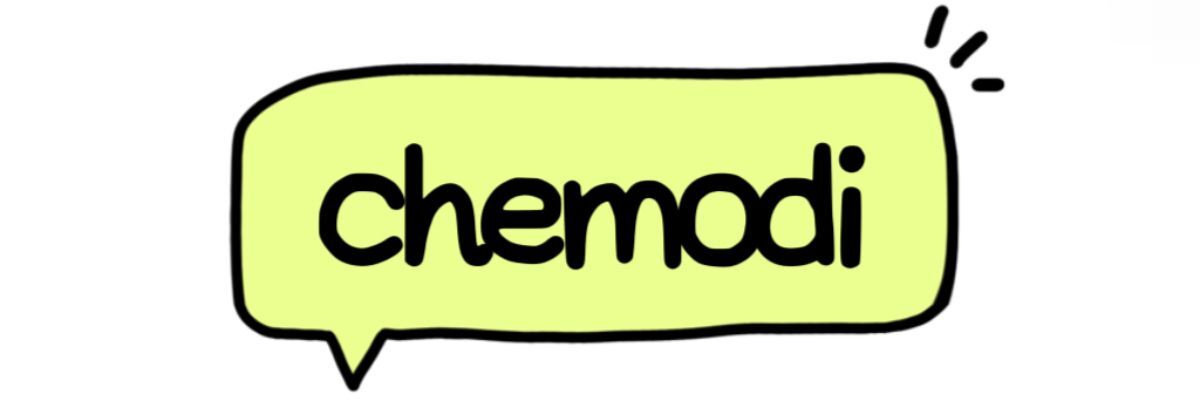Sodium Deoxycholate vs. Traditional Liposuction: Which Is Better?
Sodium Deoxycholate is generally considered a superior option for small areas of stubborn fat compared to traditional liposuction. This conclusion stems from various factors including the procedure's invasiveness, recovery time, and the specific types of fat it targets.
Understanding Sodium Deoxycholate
Sodium Deoxycholate is a bile salt that plays a crucial role in the body’s fat digestion. When injected into fat tissue, it causes the fat cells to break down and be absorbed by the body. This non-surgical method is often marketed as Kybella for the treatment of submental fat, commonly known as a "double chin." One of its main advantages is its minimally invasive nature, allowing patients to avoid the extensive downtime that typically accompanies surgical procedures.
The Traditional Liposuction Approach
Traditional liposuction, on the other hand, involves surgical techniques that remove fat from specific areas of the body through suction. While it can be effective for larger fat deposits and offers dramatic results, it typically requires anesthesia and a longer recovery time due to the invasiveness of the procedure. Patients may experience swelling, bruising, and discomfort for several weeks after the surgery.
Comparing Effectiveness
In terms of effectiveness, both methods have their unique advantages depending on individual goals. Sodium Deoxycholate is effective for smaller areas and has shown promising results in reducing localized fat deposits. However, for larger volumes of fat, traditional liposuction remains more effective. It's essential for patients to weigh their options based on the amount of fat they wish to remove and the areas they want to target.
Impact on Recovery and Lifestyle
Another critical factor distinguishing these two methods is recovery. Sodium Deoxycholate allows for a quicker recovery, generally requiring only minimal downtime. Patients can resume their daily activities almost immediately, which is especially appealing for those with busy lifestyles. Conversely, traditional liposuction requires significant downtime, limiting the activities of the patient for weeks.
Cost Considerations
Cost is also an influential factor when considering these fat-reduction options. Sodium Deoxycholate tends to be less expensive in the short term, yet multiple sessions may be needed to achieve optimal results. Traditional liposuction may have higher upfront costs, but many patients find the more significant results justify the expense.
The Bottom Line
In summary, neither Sodium Deoxycholate nor traditional liposuction can be deemed universally superior; the choice highly depends on individual factors such as treatment area, the volume of fat to be removed, budget considerations, and desired recovery time. Understanding these elements is crucial for selecting the most suitable method for achieving personal aesthetic goals and ensuring patient satisfaction.
Are you interested in learning more about Sodium Deoxycholate For Body Contouring, China Sodium Deoxycholate? Contact us today to secure an expert consultation!


